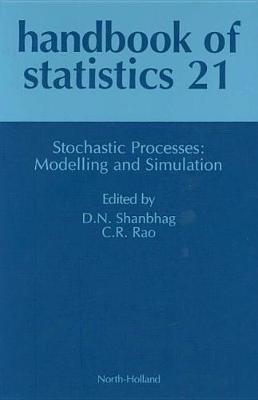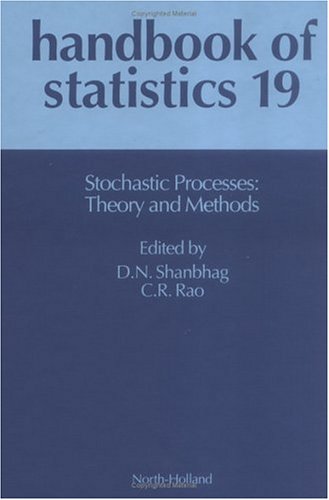Handbook of Statistics
2 total works
This sequel to volume 19 of Handbook on Statistics on Stochastic Processes: Modelling and Simulation is concerned mainly with the theme of reviewing and, in some cases, unifying with new ideas the different lines of research and developments in stochastic processes of applied flavour. This volume consists of 23 chapters addressing various topics in stochastic processes. These include, among others, those on manufacturing systems, random graphs, reliability, epidemic modelling, self-similar processes, empirical processes, time series models, extreme value therapy, applications of Markov chains, modelling with Monte Carlo techniques, and stochastic processes in subjects such as engineering, telecommunications, biology, astronomy and chemistry. particular with modelling, simulation techniques and numerical methods concerned with stochastic processes. The scope of the project involving this volume as well as volume 19 is already clarified in the preface of volume 19. The present volume completes the aim of the project and should serve as an aid to students, teachers, researchers and practitioners interested in applied stochastic processes.
J. Neyman, one of the pioneers in laying the foundations of modern statistical theory, stressed the importance of stochastic processes in a paper written in 1960 in the following terms: Currently in the period of dynamic indeterminism in science, there is hardly a serious piece of research, if treated realistically, does not involve operations on stochastic processes. Arising from the need to solve practical problems, several major advances have taken place in the theory of stochastic processes and their applications. Books by Doob (1953; J. Wiley and Sons), Feller (1957, 1966; J. Wiley and Sons) and Loeve (1960; D. van Nostrand and Col., Inc.) among others, have created growing awareness and interest in the use of stochastic processes in scientific and technological studies.The literature on stochastic processes is very extensive and is distributed in several books and journals.

